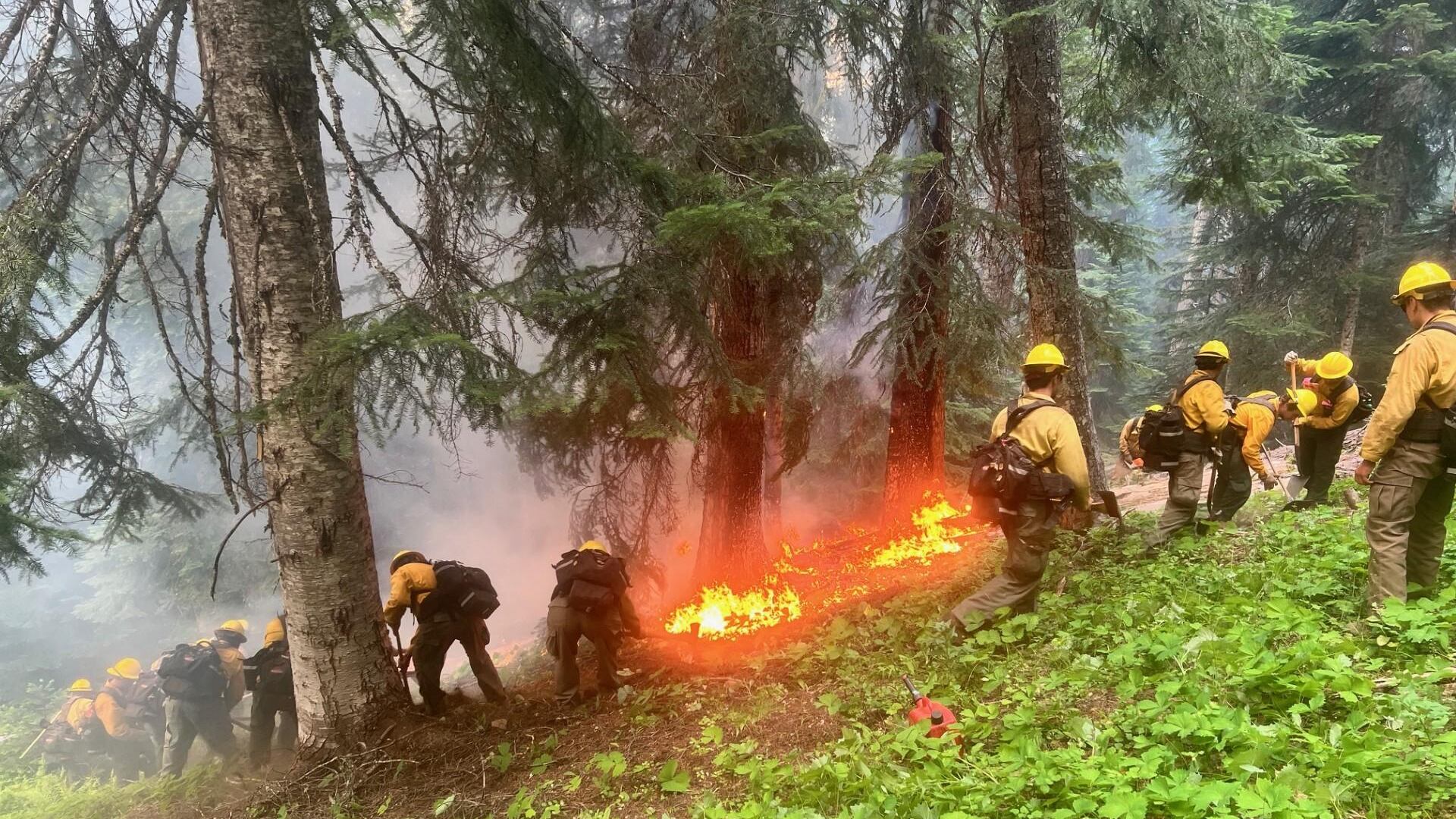The hangover continues from a wildfire season that saw nearly 2 million acres burn in Oregon.
On Oct. 10, the Oregon Department of Forestry asked the Oregon State Treasury for a $60 million loan to tide the agency over until it can get more money from the Legislature. Record firefighting costs this year have left ODF, which leads the state’s response to wildfires, broke.
The agency says cost of fighting this year’s fires to date is $317.5 million, of which ODF expects reimbursement of more than $175 million from various federal agencies. But that federal compensation is both far less than the total cost of firefighting and trickles in more slowly than the invoices from the contractors ODF hires for firefighting.
The net result: ODF’s uncompensated costs for the year total $133 million, far more than in any recent year.
Here’s a graphic illustration of that, in a spreadsheet WW obtained, along with other documentation regarding the loan request, via a public records request:

The state has a modest wildfire fund but that fund provides a drop in the bucket for the increasingly large and expensive blazes that Oregon experiences. Lawmakers will eventually cover the current year’s net costs but they don’t meet again for legislative days until December and the agency has a stack of unpaid bills in the meantime. Hence the request on Oct. 10 for a loan from the treasury, which manages short term cash balances for state agencies and other public entities in the Oregon Short Term Fund. It can lend some of that money out, although only after ensuring the borrower, in this case ODF, can offer sufficient assurance of repayment.
ODF spokeswoman Joy Krawczyk notes this isn’t the first time the agency has asked the treasury for a loan.
“We’ve done so several times since 2002, with the most recent being in $55 million in FY2021,” Krawczyk says in an email.
“At the core of this situation is how wildfire response is funded in Oregon,” she adds. “The funding structure hasn’t changed in decades, despite wildfire costs increasing dramatically. ODF’s gross large fire costs from 2002-2012 were about $11 million per year on average. From 2013 to 2023, that annual average jumped to about $79 million, with four of those years resulting in gross costs of over $100 million.”
Earlier this year, lawmakers ordered ODF and the state fire marshal to figure out a more robust financial model for paying the cost of fighting wildfires, which forecasters expect to grow larger and more severe as the climate changes.
Treasury officials are now poring over the documentation ODF submitted with its loan request. ODF will brief lawmakers in December on its plan for 2025 legislation that would include a new funding model for future fires.
